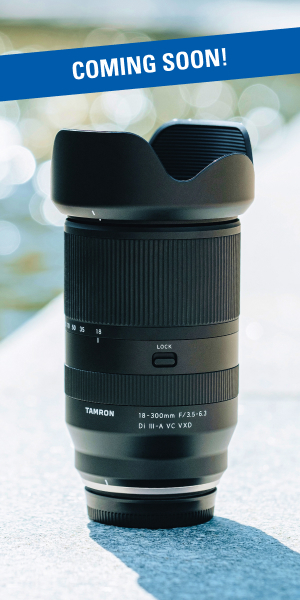As dicas de fotografia da vida selvagem com lentes Tamron podem transformar sua experiência atrás da câmera, transformando encontros fugazes com animais em histórias visuais inesquecíveis. A fotografia da vida selvagem não é apenas um hobby - é uma busca estimulante que exige paciência, criatividade e o equipamento certo. Quer esteja capturando águias em voo, o olhar furtivo de um leão ou um urso serpenteando pela floresta, a escolha da lente pode fazer toda a diferença. As lentes Tamron para fotografia de vida selvagem são projetadas para enfrentar os desafios exclusivos de fotografar animais na natureza, oferecendo alcance, velocidade e nitidez quando você mais precisa.
Neste artigo, compartilharemos estratégias e técnicas apoiadas por especialistas que o ajudarão a aprimorar suas imagens, seja você um fotógrafo de safári experiente ou esteja apenas começando a fotografar a natureza.
O que você aprenderá neste artigo:
- Como escolher a lente Tamron certa para diferentes cenários de vida selvagem
- Configurações e técnicas de câmera para congelar a ação e capturar fotos nítidas
- Como se aproximar dos animais de forma ética e permanecer discreto na natureza
- Dicas para criar composições atraentes com o contexto ambiental
- Maneiras comprovadas de fotografar pássaros, mamíferos e outras criaturas que se movem rapidamente
DICA 1: Espere pela pose perfeita da vida selvagem
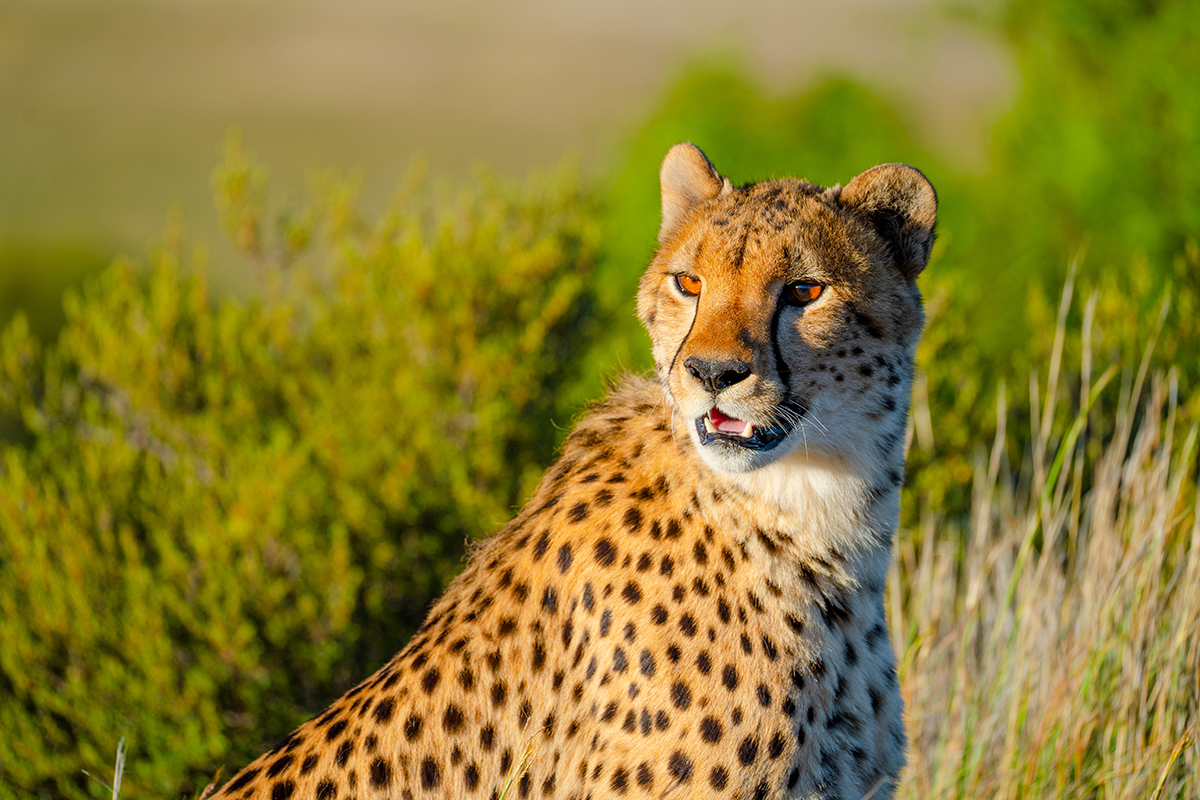
Capturar a vida selvagem não se trata de tirar a primeira foto. A paciência na fotografia da vida selvagem compensa quando você espera que o animal faça uma pose dinâmica ou expressiva. Posicione-se para capturar uma iluminação favorável no rosto e busque retratos envolventes de animais que destaquem a personalidade e o caráter.
DICA 2: Escolha uma lente Tamron versátil para uma ação inesperada
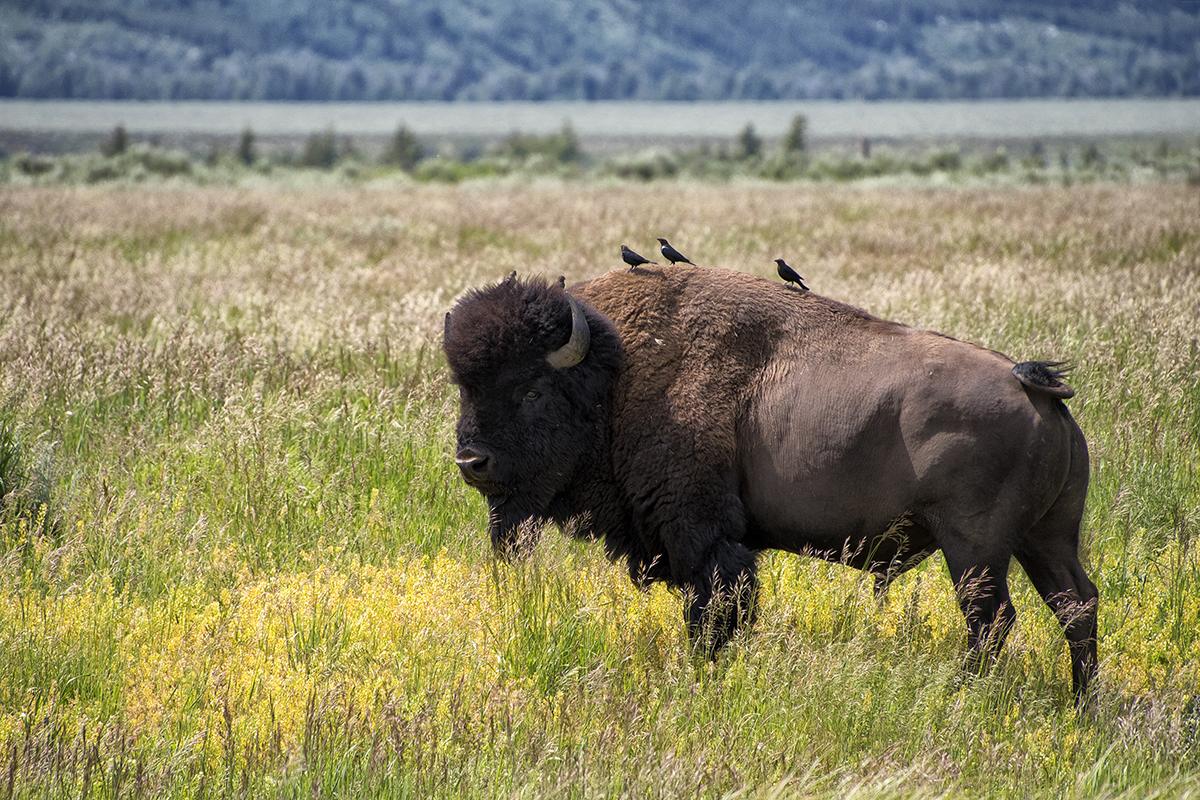
A natureza é imprevisível. É por isso que uma lente multifuncional como a Tamron 28-300 mm VC é ideal para fotografar a vida selvagem em qualquer lugar. Quer um cervo surja do mato ou um pássaro voe, você está preparado para aumentar ou diminuir o zoom rapidamente sem precisar trocar de lente.
DICA 3: Faça experiências com composições criativas da vida selvagem

Liberte-se do enquadramento tradicional. Tente isolar uma pata, um chifre ou um olho para obter uma fotografia abstrata da vida selvagem que conte uma história única. Use lentes como a Tamron 70-180 mm F2.8 VC G2 ou 70-300 mm F4.5-6.3 para ampliar os detalhes e evocar intimidade em suas imagens.
DICA 4: Amplie os olhos do animal para obter um impacto emocional
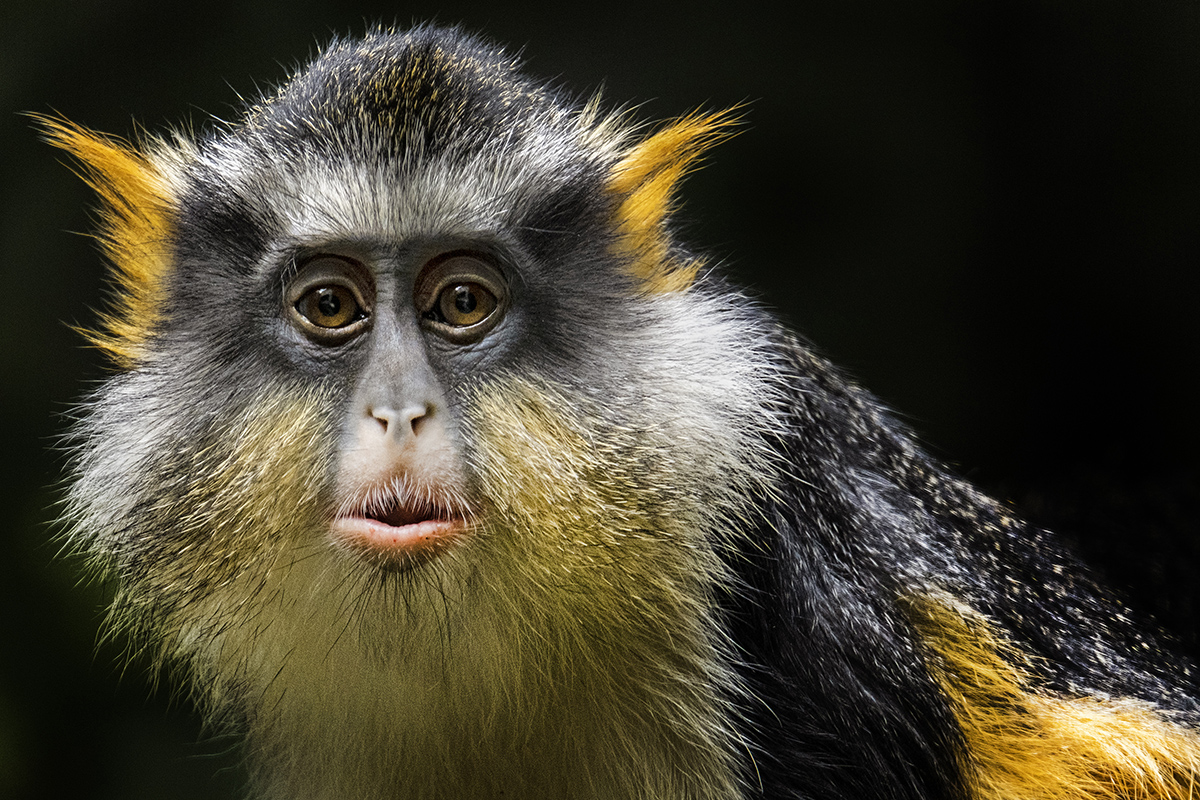
O contato visual cria uma conexão instantânea. Use uma lente ultra-telefoto para vida selvagem como a Tamron 150-500 mm VC para se aproximar sem perturbar o objeto. Uma composição bem definida nos olhos acrescenta drama e promove a empatia do observador.
DICA 5: Domine as técnicas de fotografia de pássaros
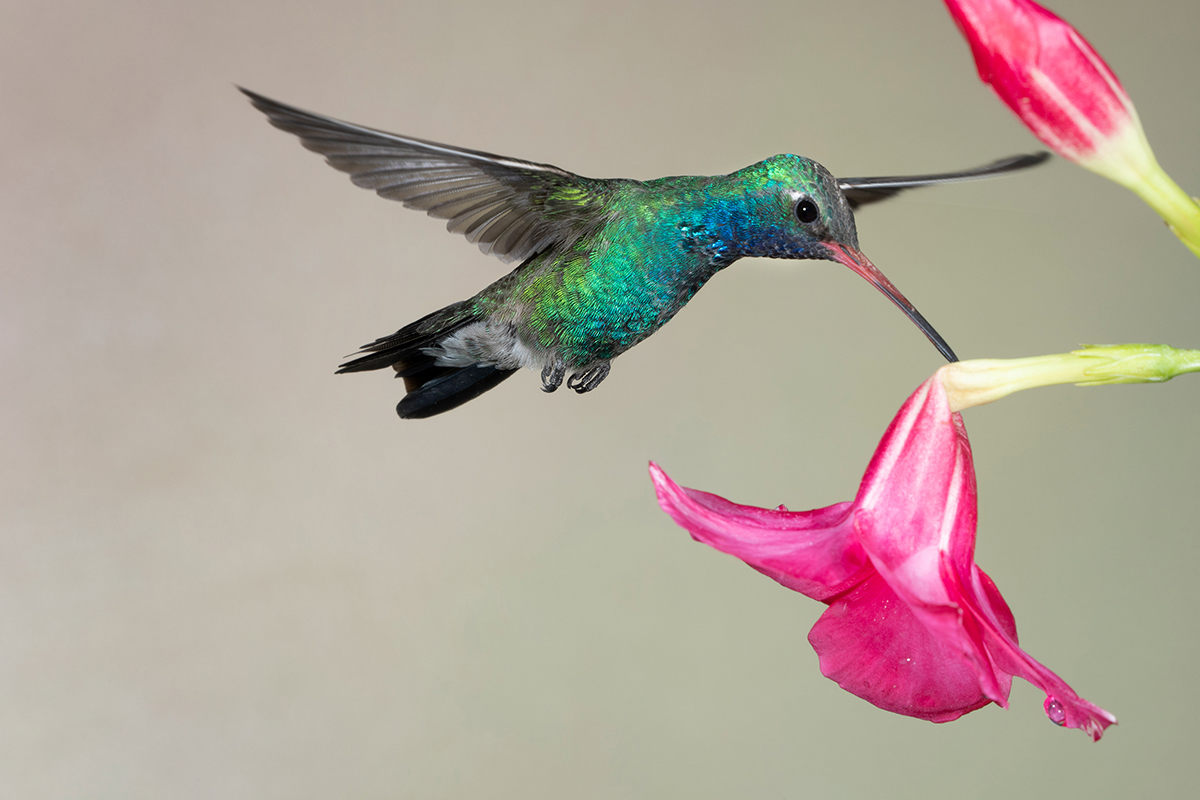
Os pássaros em voo exigem tempo preciso e velocidades rápidas do obturador. Ajuste a câmera para 1/1000 s ou mais rápido, use o rastreamento de foco automático contínuo e posicione-se a favor do vento. Lentes como a Tamron 50-400 mm permitem que você congele o movimento e mantenha uma nitidez impressionante.
DICA 6: Fotografe no nível dos olhos para obter fotos imersivas da vida selvagem
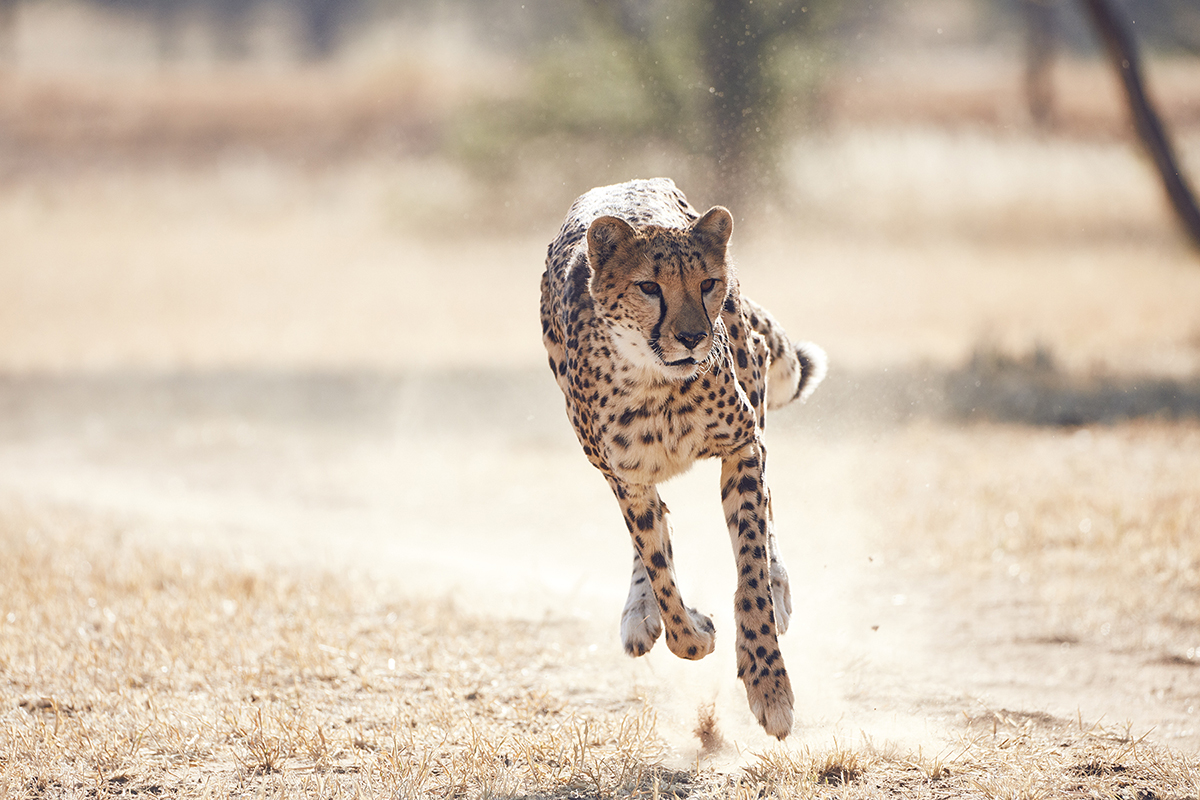
Sempre que for seguro e possível, abaixe-se até o nível do objeto. Isso cria imagens imersivas da vida selvagem que atraem o espectador para a cena. Para animais maiores, mantenha a distância enquanto usa uma lente de longo alcance, como a VC 150-500 mm, para compor com segurança e eficácia.
DICA 7: Fique escondido para capturar o comportamento autêntico dos animais
Perturbar o animal o mínimo possível é a melhor prática quando se trata de ética na vida selvagem. Posicione-se em um local para garantir uma composição ideal, em vez de ter que perseguir ou rastrear o objeto. Dessa forma, você obterá fotografias com um comportamento animal mais autêntico, já que eles (com sorte) não serão afetados por sua presença.
Instale-se em uma área protegida e arborizada, atrás de árvores ou na grama oculta para não ser visto. Considere a possibilidade de usar camuflagem e comprar kits de cobertura de lentes e corpo de câmera camuflados. Isso ajudará a quebrar sua forma, permitindo que você se misture mais naturalmente ao ambiente do objeto. A discrição na fotografia da vida selvagem resulta em imagens mais autênticas e ricas em comportamento que mostram os animais à vontade.
Conclusão: Melhore sua fotografia da vida selvagem com as lentes Tamron
Na fotografia da vida selvagem, capturar a essência dos animais em seu ambiente natural é gratificante e desafiador. Ao seguir estas sete dicas, você estará mais bem equipado para capturar esses momentos mágicos e fugazes com clareza e precisão. Seja para entender o comportamento dos animais, aperfeiçoar as configurações da câmera ou posicionar-se para a foto ideal, cada dica o deixará mais próximo de dominar a arte da fotografia da vida selvagem.
Com a versatilidade e o desempenho das lentes Tamron, você terá as ferramentas para capturar detalhes impressionantes a uma distância segura, garantindo que suas imagens da vida selvagem sejam tão dinâmicas e poderosas quanto as criaturas que você fotografa. Saiba mais sobre essas lentes no site Loja TAMRON hoje.
Saiba mais sobre essas lentes e muito mais em um revendedor autorizado Tamron em sua área ou visite o site Loja TAMRON hoje.
